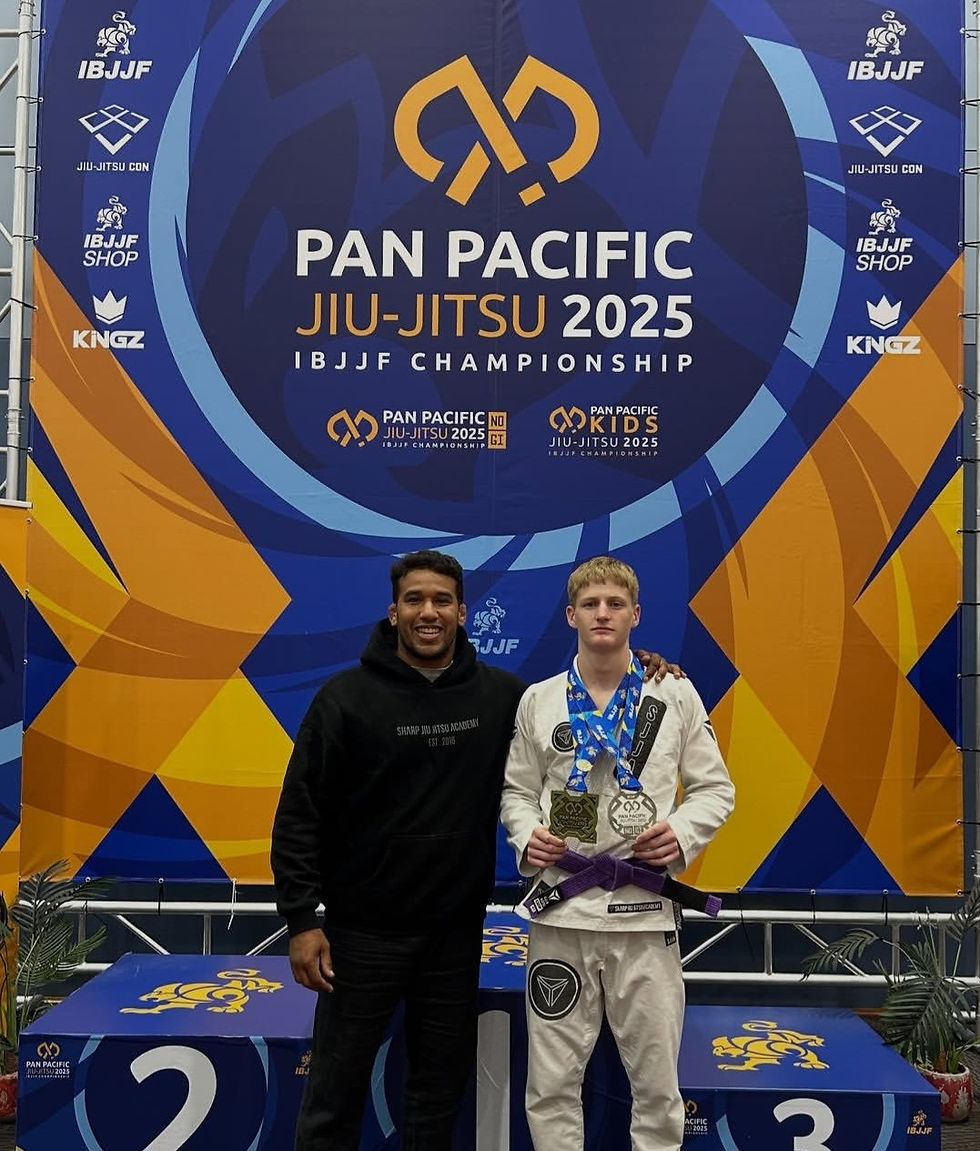The Importance of Neck Training
- Nathan Waters
- Nov 24, 2015
- 3 min read

Neck training is an often over looked component of a strength training program. As many of our athletes are rugby league players or fighters we know the importance of having a strong neck when it comes to injury prevention and sport performance in these types of sports. Neck training is basically an insurance policy if you are involved in a contact sport.
Back in the 1970’s and 1980’s neck training was considered an important aspect of a training program but has now seemed to take a back seat to things like “core” training. I remember the Magpies having a neck machine and on top of it said “this may not improve your football but it could keep you out of a wheelchair”. This was around 1999 to 2003 when Paul Hampson was in charge. I think neck training needs to be emphasized as a high importance as it once was.
With contact to the head being very common in boxing, rugby league, and martial arts, a strong neck can reduce the likelihood and the severity of sustaining a concussion. In grappling sports such as BJJ, a strong neck can be the difference between winning and losing as your opponent will find it much more difficult to put you in a vulnerable position. Many grappling coaches say “if you can control the head, you can control the body”. The neck is used to maintain posture in the clinch while standing, as leverage during takedowns and takedown defence, and to support the weight and balance the body during ground work.
Having a strong neck can also lead to strength gains in the upper body and it can also help correct poor posture. When you consider the amount of sitting we do these days you can see why many people have a forward head posture. It has been shown that for every 0.5cm of forward head displacement, the neck ages prematurely 5 years. This is another reason to take neck training seriously.
The erector spinae muscle group or posterior chain, are normally trained by deadlifts, power cleans, back extensions, and exercises of this nature. While these are great exercises and the importance of having strong erectors shouldn’t be overlooked, you can miss a piece of the puzzle if you neglect your neck extensors. Many people do not realize that some of the erector spinae muscles are controlled in part by the neck extensors because some of them extend all the way up to the head. This is why you will see babies pushing their heads backwards they are starting to activate their posterior chain.
The good thing about neck training is you don’t have to do many sets to see good results. As most of us don’t use these muscles very often in daily life, three sets of each function of the neck can show really good progress. A towel or even some body weight exercises can help you develop a strong neck.
When training the neck it is important to have proper technique on each and every rep. Using slow, controlled tempos and not jerking the movements in any position is the safest and best way to achieve gains while training the neck. Keeping the jaw locked and pressing the tongue to the roof of the mouth is also a useful tip. For fighters keeping the jaw locked is a good habit for when they are in the ring and it can help strengthen the jaw. This is something I learned from Charles Poliquin. You can read one of his articles on neck training here http://www.strengthsensei.com/is-neck-training-important/
While there are many exercises you can do to train the neck here are some basic ones you can do at home:
Lying Flexion and Extension
Lie on your back on a bench or your bed with your head hanging over the edge. Hang the head backward as far as possible and slowly bring the chin to the chest. Repeat for 20 reps.
Side to Side
Lying on your back in the same position as described above, lift your neck into a neutral position. From here you rotate your head from left to right in a controlled manner. Again do 20 reps of this exercise.
Neck Isometrics
We used to do this exercise as kids in our warm up at footy. Place your hand at the front of your forehead and apply pressure. Match the amount of resistance you apply with your neck to keep your head in alignment. Do this from the front, the sides, and the back.
Conclusion
There are many more exercises you can do to train the neck such as shrugs, trap 3 work, rotator cuff exercises, snatches, power cleans, upright rows, and neck bridges but the basic exercises above will be enough to get you started. Many of the other advanced exercises or exercises that need equipment should be programmed into your strength workouts appropriately. The importance of neck training needs to make a comeback.










Comments